The jewellery watch brand CHAUMET, which was born in 1780, has a wonderful story that is difficult to be engraved. It is not only about its 233-year history, but more importantly, it is related to the rest between French culture and French culture. The glory and the common, and the continuous connection between the silk and the sliver.
As the national treasure brand that records the glory of French culture, the birth of CHAUMET is due to the rise of the Napoleon Empire. The founder, Marie Etienne Nicole, is a master jeweler who always accompanied Napoleon. With the emperor's favor. And emerged, and gradually became famous throughout Europe. Since then, along with the historical ups and downs of France, CHAUMET and France have surpassed more than two and a half centuries, and their fate is bound to be interwoven from the beginning and never separated.
Noble and magnificent court jeweler (1804-1825)
The late 18th century and early 19th century were an important watershed in French history. The French Revolution, which began in 1789, ended more than 1,000 years of feudal rule and began the period of capitalist establishment and development. At the same time in another context, the craftsman Marie-Etienne Nitot started a glorious history of jewelry watchmaking in such a special period. He completed the apprenticeship training from the jeweler Auberge O'Helle in "The Great Age" Maria Anthony, opened his first jewelry shop, and gradually won a large number of aristocratic nobles as loyal fans.
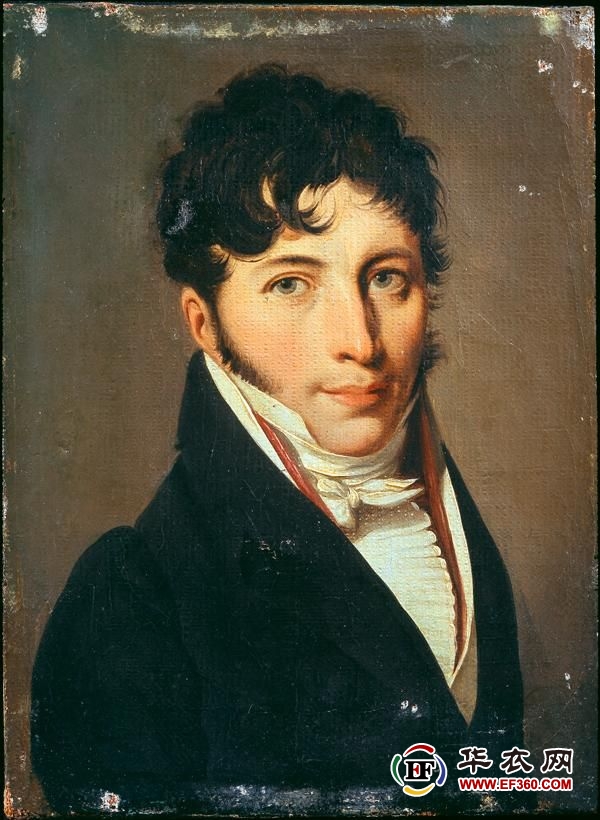
In 1799, Napoleon launched a coup d’état in the fog and established an executive government. As Napoleon was about to ascend to the throne, with his own unique aesthetic and exquisite craftsmanship, Nicholas won the opportunity to create the famous Chief Executive Sword (or the so-called Regent Sword) for the future emperor. He boldly used the French national collection as Napoleon’s On the handle is a Gore Conda diamond weighing 140 carats. This artistic treasure is still stored in the French National Fontainebleau Museum for people to visit.

In 1804, Napoleon formally became the emperor and renamed the republic as the "French First Empire." When the new emperor took office, he raised the jewelry to the political sense. He firmly believes that the jewellery worn by the royal family on formal occasions must look gorgeous and stylish, so as to show the absolute prestige of the royal family; and the gorgeous design jewelry will make France become a newcomer The world of fashion and luxury. Under the influence of the gorgeous style that Napoleon strongly advocated, Nancy designed many extraordinary works, including more than 2,000 crown drill collars and accessories designed for the French royal family. Both Napoleon I and their two Queens Queen Empress Josephine and Queen Mary Louise have brought considerable jewelry orders. CHAUMET has also become the most prestigious jeweler in Europe and has a reputation throughout Europe. .

In 1811, Nicholas created a pair of bracelet watches for the son of Queen Josephine, the Italian governor Eugene de Beauharnais, as a gift to his wife Princess Augustus de Bawel (Princess The gift of Augusta of Bavaria, which is the first bracelet watch in the history of CHAUMET, is also the first time in history that it combines jewelry with a watch, and the two watches show time and date, respectively.
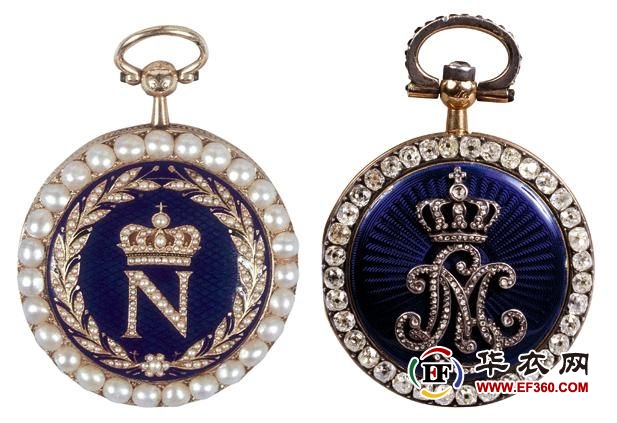
In 1813, Napoleon remarried. In order to celebrate, the emperor ordered a pocket watch to Nyunt specifically, including a Napoleon's exclusive round gold case with a blue beak and ring-shaped pearl string decorated with a pocket watch. The combination with the letter N represents that he belongs only to the emperor. The chain watch of Queen Mary Louise is also made of gold and blue enamel. The edges are decorated with diamonds. The center is decorated with the emblem of Queen Mary Louise's unique embellishment.
The romanticism is popular (1815-1850)
In 1814, Napoleon was defeated by the anti-French coalition. After Napoleon took power again and defeated Waterloo in the following year, it declared the destruction of the 100-day dynasty. At this point, the history of the first empire in France officially ended. France then ushered in an extremely turbulent period. In such an eventful year in France, the fate of CHAUMET has quietly changed. In 1815, with the decline of the Napoleon Empire and his age, Nicholas announced his retirement and appointed his chief jeweller, Jean Badistefelsen, to take over his business, and his son Jules Fresen joined. The father and son looked for inspiration from the Italian Renaissance and French eighteenth-century art and created a series of elegant romantic style jewelry, which was deeply loved by celebrities at that time, such as the Duchess of Belle, the King Louis Philippe of France, etc. And so are the prominent names that often appear in orders.
The political turmoil naturally greatly affected the commercial activities in Paris at that time. Fusen strongly realized that seeking overseas markets had become the only way to survive and develop. He then assigned the then chief jeweler Jean Valento Morey across the sea to London to explore the overseas market. As a result, the jewelry designed by Morey and his son Punope. Morey soon brought the local gentlemen and ladies At first sight, they became Queen Victoria's Queen's jeweler.

In 1850 Morey designed the Duchess for the Duchess, which was decorated with soapstone, ruby, diamonds and natural pearls, inlaid with crown and Duchess initials "MS." This is yet another breakthrough for CHAUMET's use of gemstones in timepieces.
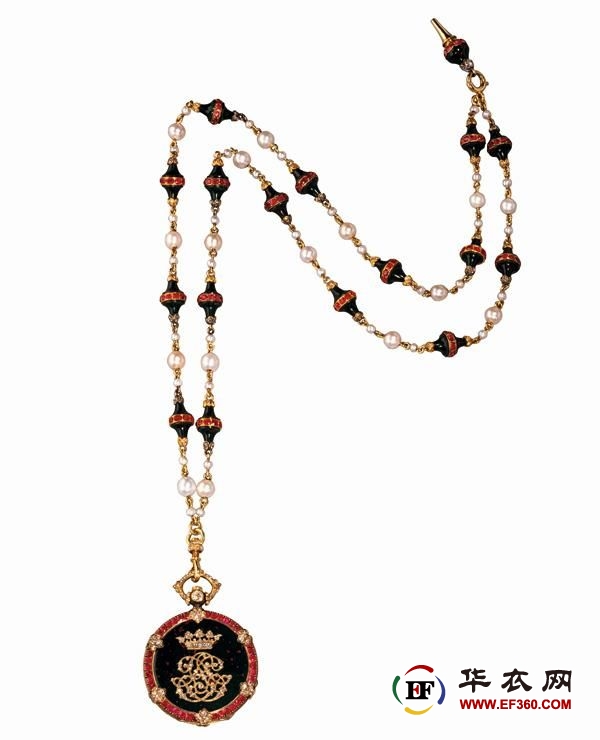
In 1853, the Duke of Luynes ordered a list of money for his wife, used Breguet movements, exquisite workmanship and rich gems to make it widely acclaimed, and was highly praised at the 1855 Paris World Expo.

In 1852, the second empire of Napoleon III was established. Paris regained its former prosperity and vitality. With the combination of Napoleon III and Eugenie Montijo, the French beauty gradually regained the title of world fashion and luxury. At that time, France’s social environment provided extremely favorable conditions for the creation of jewelry, and Morey decided to return home. In 1862 Puno Pace. Morey inherited his father's career as a jewelry store owner, Napoleon era's gorgeous style once again return to the royal aristocracy social celebrity's desire for jewelry once again reached its peak. CHAUMET also followed the trend of launching numerous jewellery watches and became an indispensable accessory for royalty and aristocrats.
During the French Republic of the 3rd republic, CHAUMET received an order from the then President Adolphe Thiers to make a hanging pocket watch for his wife Elise Dosne-Thiers. In 1873 the brand was delivered and the blue, white and red used in the pocket watch symbolized the spirit of the Republic.
The flourishing era of beauty (1885-1920)
At the end of the 19th century, Europe entered a period of relative peace. With the development of capitalism and the industrial revolution, science and technology are changing with each passing day. Europe's culture, art, and way of life have all matured during this period, and a beautiful era has come. France was greatly affected by this. In this context, the rich began to pay more attention to the improvement of the quality of life. The state banquet began to enter the upper class and Champagne also developed to a greater extent. High fashion began to appear in Paris. Many of the high quality elements of life have been spread to ordinary rich people, unlike the past, which is only royalty-only, and the fashionable atmosphere is even more to the peak.
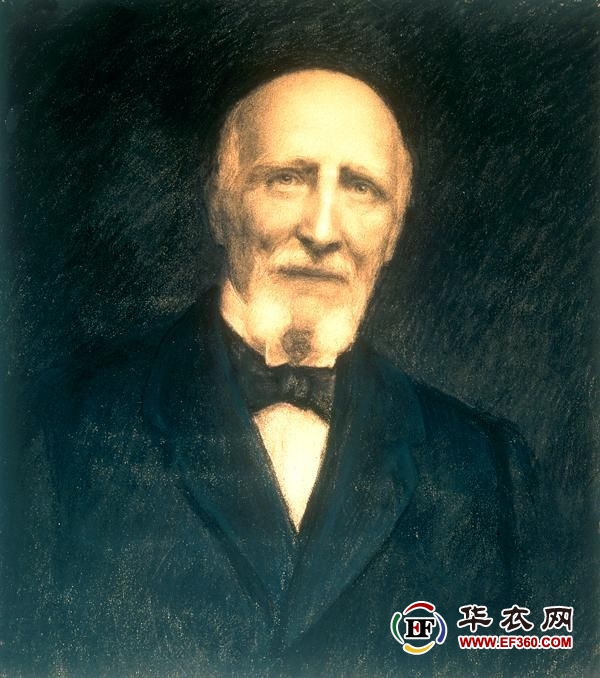
At the same time, CHAUMET also ushered in a golden era in the history of development. The son-in-law of Pronoss Morey, Joseph Shanme, succeeded the jewelry store in 1885 as the fourth generation descendant. With the booming European era, in 1907 he moved the jewelry store to No. 12 Verdon Square. Not only did the royal family, the nobility, and even the millionaires of the time become regular visitors to CHAUMET. At that time, feather ornaments and crown drills were regarded as symbols of social status and fashion taste, and naturally became important business of jewelry stores. At the same time, the level of production of watches and clocks has made great progress during this period, and a large number of representative works have emerged.
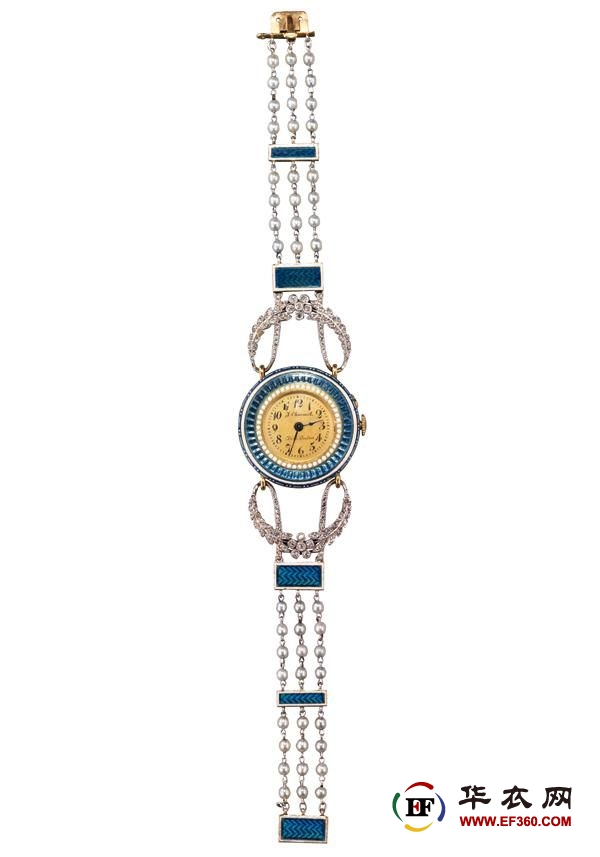
In 1908, Joseph Sammy designed a bracelet watch. The hand-carved enamel dial was decorated with flower-shaped diamonds. The bracelet was made of fine pearls and rectangular enamel. It was exquisitely crafted.
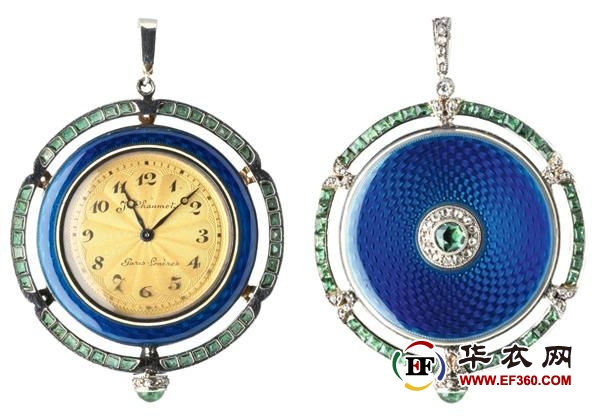
The 1910 dark blue enamel women's watch has adopted a Belle Epoque style. The flat round dial with enamel decoration and hand-engraved shading is extremely upscale. The outer ring of the case is surrounded by green gems of the same size. Whole emerald decoration.
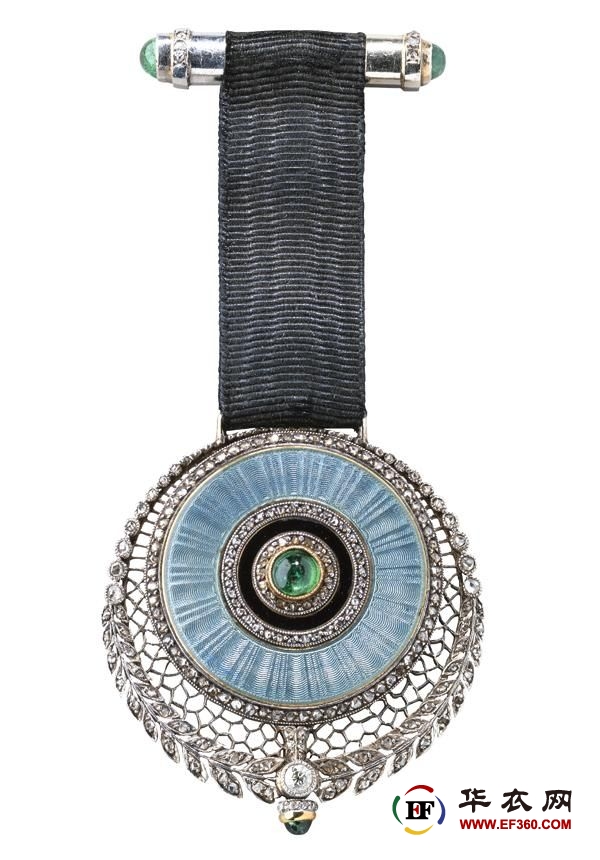
In the same year, CHAUMET tailored a grey-blue chain watch for its loyal customer, Duke de Luynes. It also uses the popular flat circular design. The egg-shaped emerald in the middle of the pocket watch is grayish blue. The underside of the case is particularly prominent, while the outer part is a hollow design with diamonds inlaid into a garland.

Another popular element of the Belle Epoque is the use of natural pearls. The natural pearl pocket watch designed by CHAUMET in 1910 uses different sizes of natural pearls to create a gradual effect, which is precious and rare.
Art Deco and Neutral Wind Swept Europe (1920-1940)
In 1914, the outbreak of the First World War was not completed until 1918. Affected by the war, the economy and politics in France and throughout Europe were extremely unstable. Under such circumstances, the cultural development has also undergone tremendous changes. Women who have experienced war baptism are eager to get rid of the burden of dragging on traditional clothing. Neutrality has become a popular element at that time. Since the 1920s, CHAUMET has also added neutral winds to its own design creations. With the adoption of the father's clothes and inherited jewelry stores in 1928, Harmony's geometric shape becomes The main theme of CHAUMET design style. The iconic "Little Boy Style" series of this era has created the creation of decorative art, without a burdensome design, with strong contrast of colors, material contrasts and expressive personalities and positions.

The ultra-thin pocket watch produced by CHAUMET in 1910 is very much in line with the style of an elegant gentleman. The simple shape coupled with the ultra-thin design became a must-have accessory for the gentleman at the time.

The 1920's rectangular onyx hanging chain pocket watch uses a strong black and white contrast, in the light of the lighting more difficult to show the charm of the diamond.
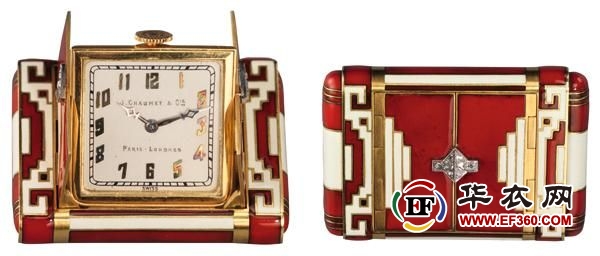
The Art Deco style handbag clock introduced in 1925 fully embodies the characteristics of this style. The distinctive geometry and strong red and white contrast are the best expressions of this style. This pocket watch uses Patek Philippe movement, small and exquisite can be put into a handbag, easy to carry, and can be split by a single press.
The transition from tradition to modernity (1945-1999)
When the Second World War ended in 1945, the world finally ushered in the era of peace. The establishment of a more democratic and free France has become the common goal of the people of the country. Having experienced the post-war period of pain and recovery, France immediately entered a period of rapid development.
Along with the transition period from France to modern society, CHAUMET also continued its traditional style, focusing more on adding modern elements to its work, and the brand entered the transition period from tradition to modernity.

In this stage, it is not difficult to find that many of CHAUMET's works have already had the shadow of the modern series. The cross-linked chain watch that was launched in 1970 is the predecessor of the famous Liens series, and the design of the cross-chain is also gradually Become a notable sign of CHAUMET.
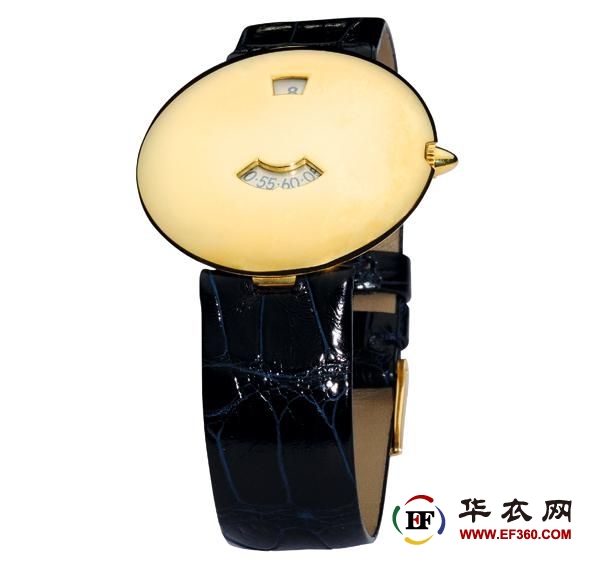
In the 90s, the seven-star hunt-hour hunt watch made the modern sense to its fullest. The simple and neat golden dial was accompanied by a big and small hour and minute jumping window, and it was bold and full of leaping. It was an extremely stunning design at the time. . The watch uses the François-Paul Journe movement. In order to avoid damage to the movement, the dial is covered with a cobblestone-shaped cover.
Casting Legends of the New Age (1999-2013)
In 1999, CHAUMET joined France as the world's largest luxury goods group, LVMH Road, and became the group's oldest jewellery watch brand. Thus, the history of CHAUMET has been turned over. A new chapter. Now that her charm and glory have not belonged to a single nation in France, LVMH Group has spread her sales outlets around the world for her. This has enabled CHAUMET to gradually cherish and chase the beautiful women around the world.

In this period, CHAUMET can be said to be in high jewellery, jewellery watches and high-grade watchmaking. It gives jewellery design an irreproducible soul and spirit, and a series of works that portray the legendary love between Napoleon and Josephine are in succession. Birth. For example, the most representative 2013 “Net Live I If You Love Me†series is a 233-year-old collection of masterpieces: Indicating the clock on 43 pieces of mother-of-pearl and 83 brilliant cut diamonds. The spider slowly and painstakingly patiently approached the prey bees, strategizing and slowing down; and the carefree bees (indicating minutes) took risks and provoked the spider's reserved and waiting. All of this vividly loved chasing was driven by a complex automatic movement designed and transformed by CHAUMET, and the gorgeous skyroof profile on the faceplate was the love story of the two protagonists.
In a nutshell, the history of the brand in 233 and the history of France in two and a half centuries blended together, honoring and sharing together, so CHAUMET deserves to be known as the “French treasureâ€; Shi Haizhen, this precious piece is worthy of remembrance. The history of exquisite research made CHAUMET stand on top of the classic classics. Luxury has long been integrated into its blood, low-key and reserved, not declared.